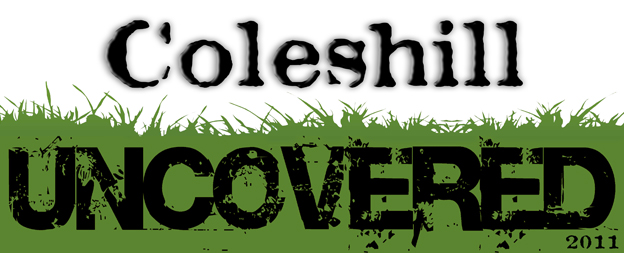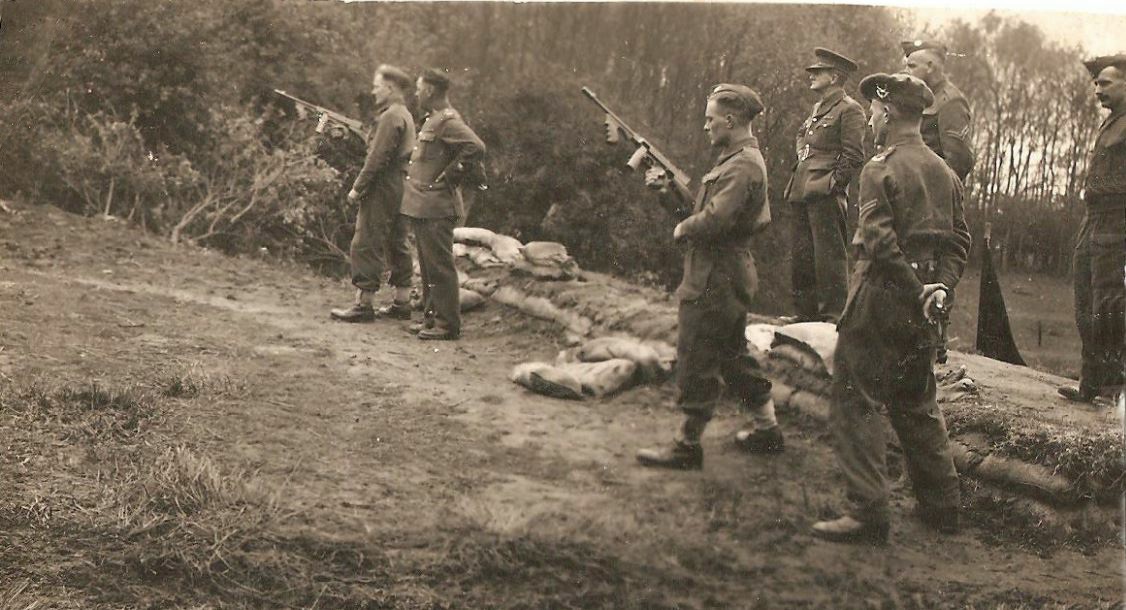
CART's first archaeological project investigating the Auxiliary Units was 'Coleshill Uncovered'.
As the headquarters of Auxiliary Units Coleshill House and Estate was known to have housed the training facilities and hosted many Auxiliers through the war. However the only previous investigation had been by the Ridgeway Military and Aviation Research Group (RMARG). They had made some significant finds, not least the demonstration Operational Base. They excavated the escape tunnel which had collapsed, creating a walk-in entrance. They also found an observation post and possible ammunition bunker.
Coleshill Uncovered took a variety of approaches;
The underground water tunnels, reportedly used by Auxiliary Units, were investigated
A survey of the site identified a number of structures not previously recorded.
Metal detecting revealed evidence of training and men living at the site.
Using a magnetometer allowed the OBs and demonstration hatches to be found.
Excavation revealed details about surviving structures that indicated their design and construction.
Some of the highlights were;
- The discovery of a bayonet concealed in wall close to where the escape tunnel of the demonstration OB exited. Once a stone was removed it could be retrieved. It is thought this was was part of the demonstration of how to prepare for the worst, but it is remarkable to think this had stayed on place for so long.
- The uncovering of a number of demonstration hatch covers, showing the range of designs in use. It was remarkable to be able to match one of these to the plans handed out as part of the Patrol Leader's Course at Coleshill to men from across the country
- Being able to see the internal layout in one of the Nissen huts due to marks left on the concrete floor, once a mat of vegetation had been rolled back
- Finding identifiable fragments from an aircraft and a German artillery piece, which confirmed verbal accounts of Coleshill in wartime which had been recounted to the National Trust staff by visitors over the years.
CART hosts the reports from this series of studies and also images of all the finds
Project Stage One and Stage Two
As an extra for the Festival we have uploaded some previously unseen images of the excavations
Bonus images first and second batches
Please do comment on the photos, particularly if you see something unusual or can help identify something.
The Finds Register is useful to have open while you browse the finds images.
And as another extra, we have a report on the Firing Range with its supplement.
More recent visits to the site have not revealed any additional finds, though we do have a wartime image now of what is believed to be the same location.
